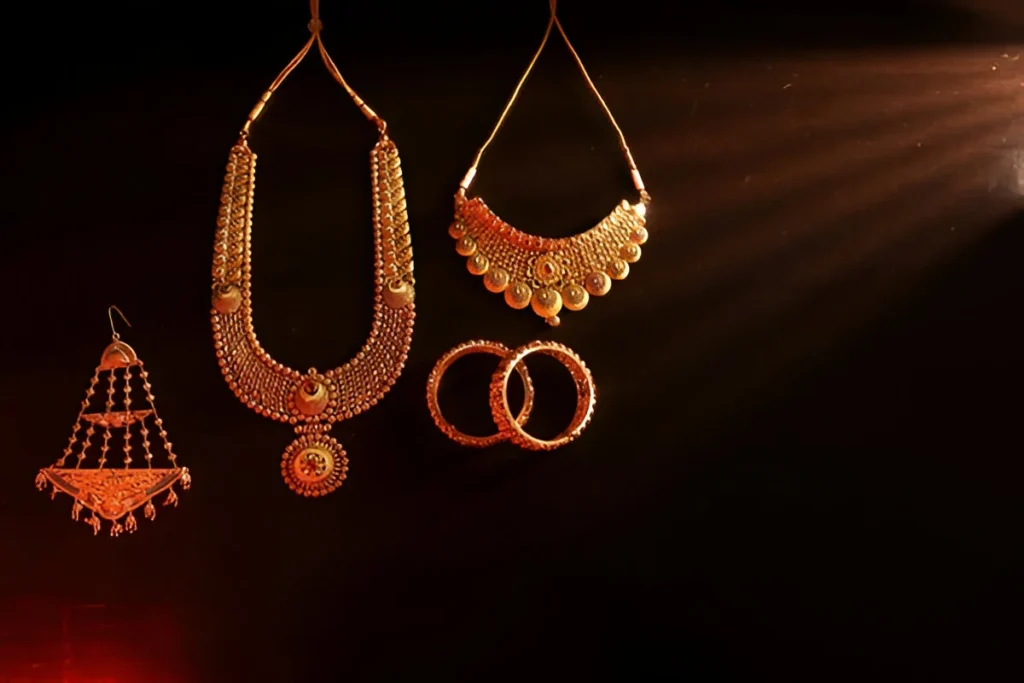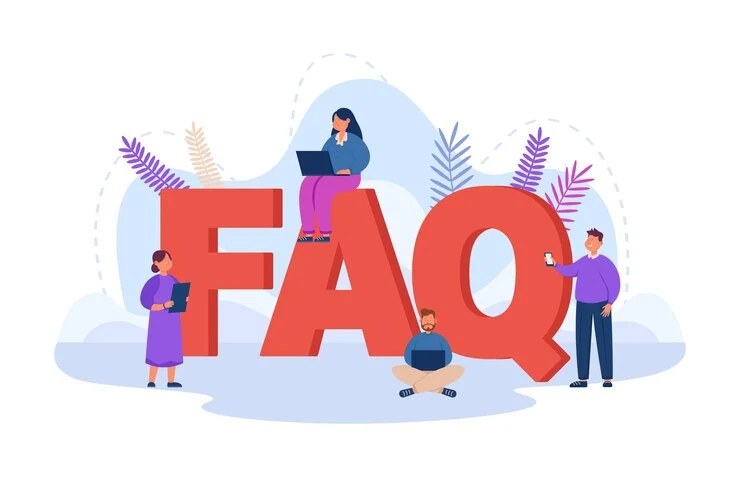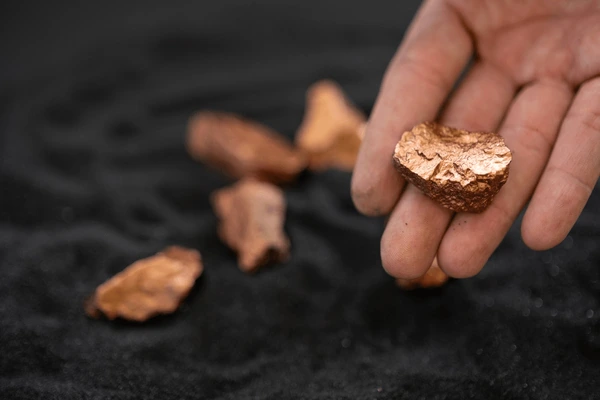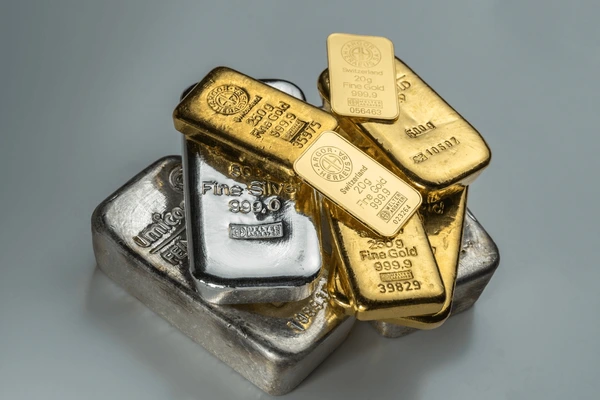Sayanava Sinha Roy
16.09.2025
Why old gold jewellery gives better returns
Discover why old gold jewellery gives better returns and how a reputed gold buyer ensures you get maximum value with fair and transparent deals.
Gold has always been a timeless investment. Whether it is in the form of heirloom jewellery, coins, or bars, people have trusted gold for its unmatched ability to preserve value. But one surprising fact many overlook is that old gold jewellery often gives better returns than newly purchased pieces. The reasons lie in market trends, purity levels, craftsmanship costs, and even cultural preferences.
Table of Contents
If you have been wondering why this happens and whether it’s worth holding onto or selling older gold pieces, this detailed guide will help you understand the logic behind it.

Why Gold Has a Timeless Value
Gold stands out among precious metals for several reasons:
- Stability against inflation – Gold prices tend to rise when the value of currency falls.
- High liquidity – It is easy to sell or exchange gold compared to other investments.
- Cultural and traditional value – In many households, gold isn’t just wealth but a legacy.
- Global demand – Gold holds value everywhere, unlike local investment options.
These qualities are what make gold jewellery—new or old—a reliable investment.
Why Old Gold Jewellery Gives Better Returns
When you compare an older gold ornament with a brand-new piece, you’ll notice that the older one often carries more financial value. Here’s why:
1. Lower Making Charges in Old Jewellery
New jewellery typically comes with high making charges, sometimes 10–25% of the total cost. When you resell, buyers don’t pay you for the design or craftsmanship; they pay for the gold content alone. This makes old jewellery financially smarter, as its making charges are already absorbed.
2. Higher Purity Levels in Older Pieces
Many older ornaments, especially those passed down through families, were crafted with higher purity gold (22k or even closer to 24k). In comparison, some modern designs mix alloys to enhance durability, which slightly reduces the gold content.
3. Market Appreciation Over Time
Gold prices have seen consistent growth over decades. For example, a necklace bought 20 years ago at a modest price could now fetch multiples of its original cost purely due to rising gold rates.
4. Antique and Sentimental Value
Some old jewellery pieces carry antique value, making them more desirable in niche markets. Collectors or buyers may even pay a premium if the piece has unique craftsmanship or historical appeal.
5. Less Depreciation Compared to New Jewellery
When you buy new jewellery today and attempt to sell it tomorrow, you immediately lose money due to making charges and wastage deductions. Old jewellery, however, has already absorbed these deductions, so resale returns are naturally higher.

How to Maximize Returns from Old Gold Jewellery
If you’re planning to sell or exchange your old ornaments, here are a few steps to ensure you get the best returns:
- Check purity levels through hallmarking or trusted testing methods.
- Weigh your jewellery accurately before approaching a buyer.
- Compare gold rates across different buyers before selling.
- Avoid middlemen; go directly to trusted buyers or refiners.
- Sell during market highs to maximize profit.
Risks and Things to Watch Out For
While selling old jewellery can be rewarding, caution is equally important. Be mindful of:
- Unreliable buyers who may underreport purity or weight.
- Hidden charges like testing fees or deductions.
- Sentimental value – sometimes, the emotional worth outweighs monetary gain.
Always strike a balance between financial need and family legacy.
Expert Insights: Why Choosing the Right Buyer Matters
When it comes to old gold jewellery, the value you receive is not just about the gold rate but also about transparency, accuracy, and fairness in the buying process. Here, working with a trusted source—such as the Best Gold Buyer in Kolkata—can make a big difference in ensuring you receive the right price for your valuables.

FAQs
Q1. Is old gold always more valuable than new gold?
Not always. Value depends on purity, weight, and current market rates. However, older jewellery avoids making charge losses, making it financially advantageous.
Q2. Can antique jewellery fetch more than regular old gold?
Yes. Antique or vintage designs may carry collector’s value, often leading to higher returns.
Q3. Should I melt my old jewellery before selling it?
It’s better not to melt it yourself. Professional buyers have proper tools to assess purity without reducing value.
Q4. How do I know the purity of my old gold?
Get it checked at a BIS-approved hallmarking centre or through a reliable refiner.
Q5. Is it safe to sell jewellery during fluctuating gold markets?
Yes, but ideally wait for a stable or upward trend to maximize returns.
Unlocking the Hidden Wealth in Your Old Gold
Old gold jewellery isn’t just a memory tucked away in your locker—it’s a silent financial asset waiting to be unlocked. By understanding why old gold jewellery gives better returns, you can make informed decisions about when and how to use it for your benefit. With the right approach and a trustworthy buyer, the ornaments passed down to you can become a gateway to financial security and prosperity.
Popular Post



